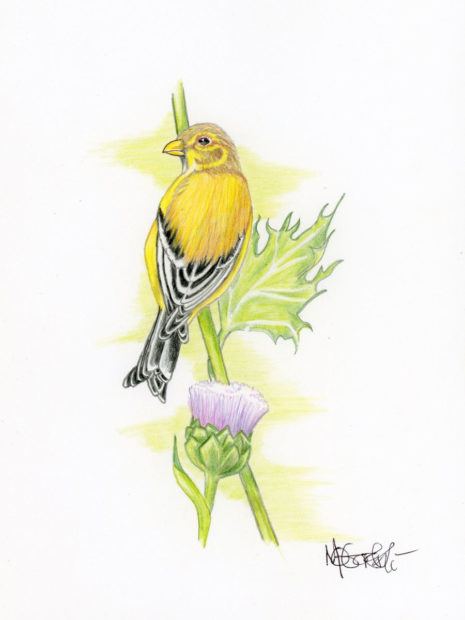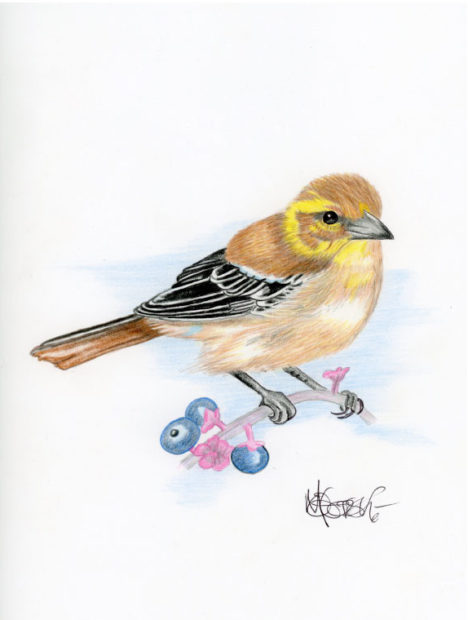2019 update
Mr. Jenkins’ logo lives on in the sagebrush programs. His writing and artwork (from this article) will be shown at the Northwest Nature and Health Symposium on October 30th. At Stafford Creek Corrections Center, Mr. Jenkins is one of the leaders for the Black Prisoners Caucus and has helped to create gardening curricula for both the BPC and SPP. We are grateful for his ongoing partnership.


2017
In addition to his work as a Sagebrush technician at the Washington State Penitentiary, Lawrence Jenkins is also an amazing artist. In fact Lawrence was the artist behind the logo for the Sagebrush in Prisons Project! This post is his letter of reflection following the Climate Change Symposium held at Stafford Creek Corrections Center this past October.
Hello World,
My name is Lawrence, I’m from Seattle, Washington and I’ve been in prison since the age of 18. I am now 29 years old and with 20 years left to serve in the state and a possible life sentence pending in the federal prison system. My crimes involve law enforcement and I have a long history of violent crimes/gang violence. Along with this I struggle with P.T.S.D., social anxiety, and depression. As unfortunate as all of this sounds, just imagine an entire neighborhood swarming with individuals just like me.
For now, let’s focus on the question: “How do we overcome race/class in order to do something about global warming, climate change, starvation, extinction, preservation/conservation, disease, etc?”

I would like to use myself for example…
I completely destroyed my life. I lost everything (which was not much), I even made attempts on my life. I hurt so many other lives. I was probably the most toxic living thing on this planet. Why? Because I wanted to make a difference so bad that I told myself that “right or wrong, I’m going to put a end to all of the bad that is happening to my family, my friends, and my community.” I had good intentions but the way I went about it was all wrong.
So when they tried to bury me, they didn’t know I was a seed [paraphrase from a Got Green presentation]. Unfortunately it took all of this for me to finally “germinate”. To finally realize just how loving, caring and compassionate I am. Just like every other violent gang member, drug dealer, or robber – trust and believe those individuals are willing to die in order to help their people. But the only difference between you and them is the very soil that you are rooted in.
With the global problem we face today, there’s no need to “up-root” people of different race/class in order to address this issue. Just amend the soil in each community just like you did in each prison.


















































